Increase In Prescription Spending Reported in 2021
COVID-19 vaccines and therapies were the main drivers of the increase.
A report that tracks the use of medicines in the United States shows that spending on prescriptions rose 12% in 2021 primarily due to COVID-19 vaccines and therapies.1
The report, from The IQVIA Institute, found that despite an increase in overall spending, costs per prescription on average were flat or slightly declining.
Prescription drug use reached 194 billion daily doses in 2021, a record compared to the slowdown that occurred in 2020. In addition, health services utilization rates returned to pre-pandemic levels, but have not made up for the backlog of missed patient visits, preventive screenings, and elective procedures.
Physician visits were the least affected during the pandemic and have increased to higher than pre-pandemic levels, but is 3% lower still than projected in prior years. Screening and diagnostic tests have mostly rebounded to pre-pandemic levels as well, but the cumulative deficit is 5% below baseline with a large portion (41%) of that occurring between March and May of 2020.
Despite lags in these visits, the use of medicines has grown 9.6% over the last five years, according to the study. Retail drugs make up 86% of that, with the other 14% of use in non-retail settings, which continues to decline since 2017. Drugs dispensed from retail pharmacies has continued to grow 2.3% annually.
Medicine cost continues to be a significant burden for some patients. Out-of-pocket costs rose $4 billion in 2021 to $79 billion. This growth was driven by retail out-of-pocket costs, which grew 4.8% in 2021 following two years of declines and lower growth. Non-retail out-of-pocket costs have remained relative stable over the last four years, but have grown 16% since 2016.
This article originally appeared on Medical Economics.
Reference
1. The use of medicines in the U.S. 2022. The IQVIA Institute. April 21, 2022. Accessed April 26, 2022. https://www.iqvia.com/insights/the-iqvia-institute/reports/the-use-of-medicines-in-the-us-2022














